Casthouse Ceramic Foam Filter For Metal Filtration removes non-metallic inclusions in the aluminum alloy melt, and uses furnace flux for treatment. The ceramic foam filtration technology outside the furnace has long become an important method for the purification of molten aluminum.
Casthouse Ceramic Foam Filter For Metal Filtration is used by most aluminum factories to remove inclusions. Liquid aluminum reacts chemically with oxygen, nitrogen, sulfur, carbon and other elements to produce non-metallic impurities. Among them, oxide inclusions (Al2O3) have the most serious pollution to metals.
Source of inclusions in aluminum alloy
1. The oxide formed by the interaction between the surface of the aluminum alloy and the oxidizing gas in the furnace gas, such as Al2O3. This oxide film can protect the molten aluminum from being oxidized.
However, once the surface film is broken, it will be wrapped in molten aluminum. Because Al2O3 has a high melting point (2050 degrees) and a higher density than molten aluminum (3.5~4.0), it will not float, so it is easy to form oxide inclusions in the casting.
2. The oxide in the charge is also an important source of oxide inclusions in the alloy. For example, aluminum ingots and master alloys contain inclusions such as Al2O3, and the aluminum rust Al(OH)3 on the surface of the aluminum ingot will directly contaminate the molten aluminum during the smelting process.
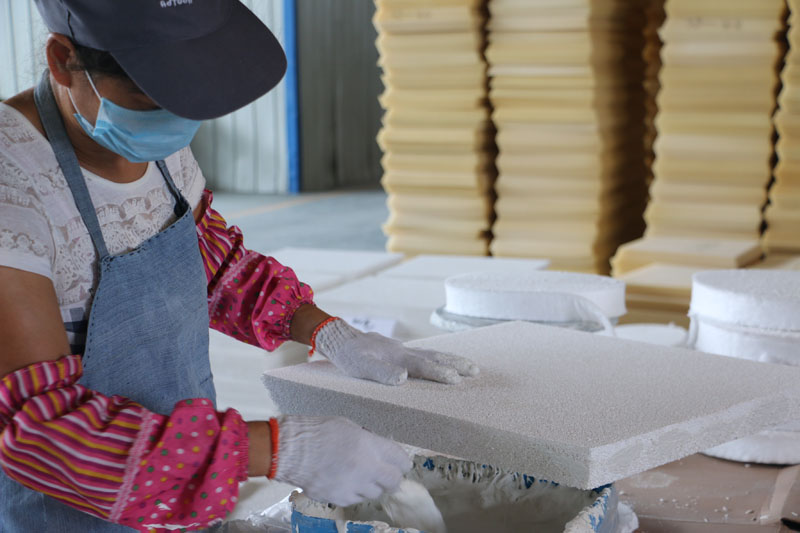
There are two main reasons for the slow bending of aluminum slabs
1. The starter bar head of the slab is unevenly placed. When it is in contact with the base, the two relatively large surfaces or sides are not on the same level, showing that one side is high and the other is low.
2. During the casting process, impurities such as sediment in the cooling water will block the water holes of the mold water jacket, resulting in a difference in the cooling strength of the two sides or both sides of the slab.
The side with high cooling strength is solidified first, and the side with low strength is solidified after cooling. Under the action of casting stress and gravity, the slab will bend slightly to the side with lower cooling strength.
As the casting process progresses, the length of the slab gradually increases, and this small bend gradually accumulates, resulting in a slow and chronic bend.
There are three reasons for the displacement and bending of aluminum alloy slabs
1. The ingot bar head of the flat ingot is placed unevenly, and the bottom is not in complete contact with the base, and there is a gap.
2. The contact area between the bottom of the slab and the dummy head is small. The false head of the flat ingot is rectangular, and the bottom is flat.
When the aluminum liquid cools and solidifies at the dummy head, the central part solidifies first and then flows to the surrounding area.
Since the solidification is completed in a short time and is affected by the fluidity of the metal and the gas generated by the cooling water, it is impossible to completely fill the false head with the aluminum liquid after solidification and shrinkage. Therefore, the bottom shape of the slab is an arc.
3. During the backing operation, aluminum leakage occurs in the middle of the bottom of the slab. When casting a slab, the first step is to make the bottom. If the bottom is well done, the possibility of bending the slab will be less.

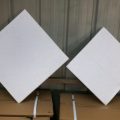
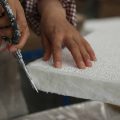
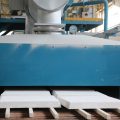
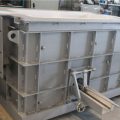
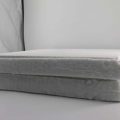

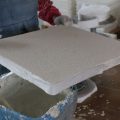
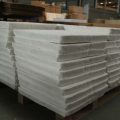
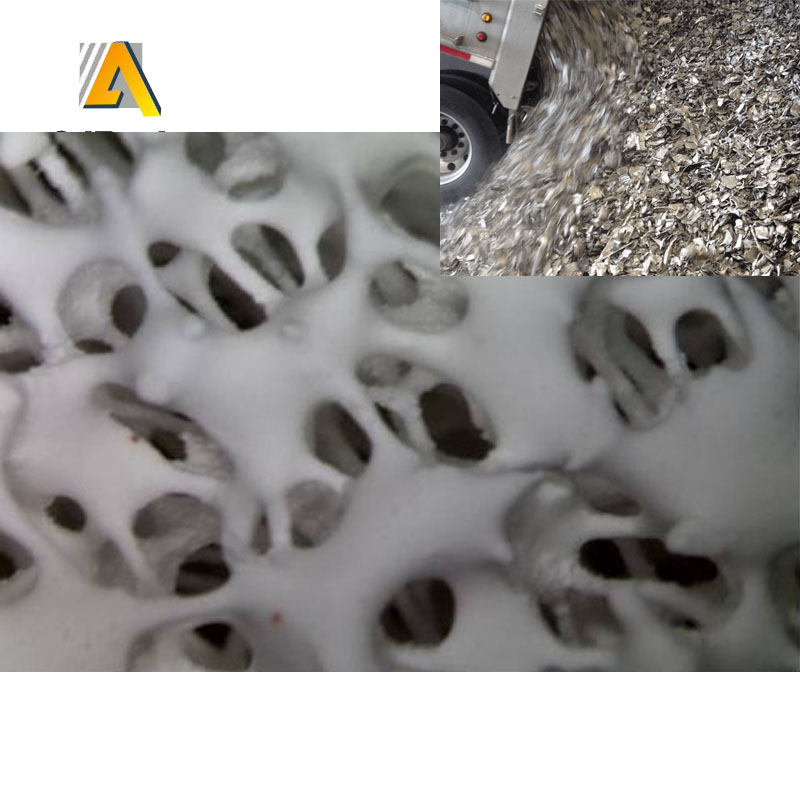
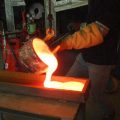
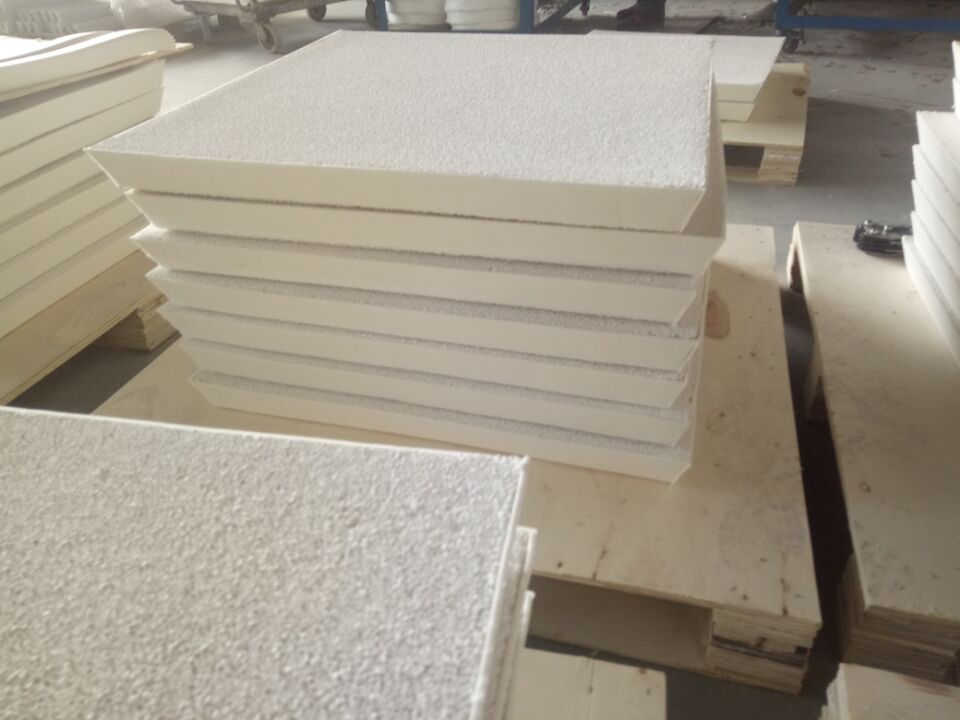
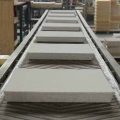

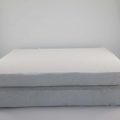
[…] holder. 3. After putting the filter into the filter holder, check that the top surface of the Ceramic Foam Filter For Metal Filtration cannot be higher than the parting surface. 4. Store in a dry and ventilated place to avoid rain and […]